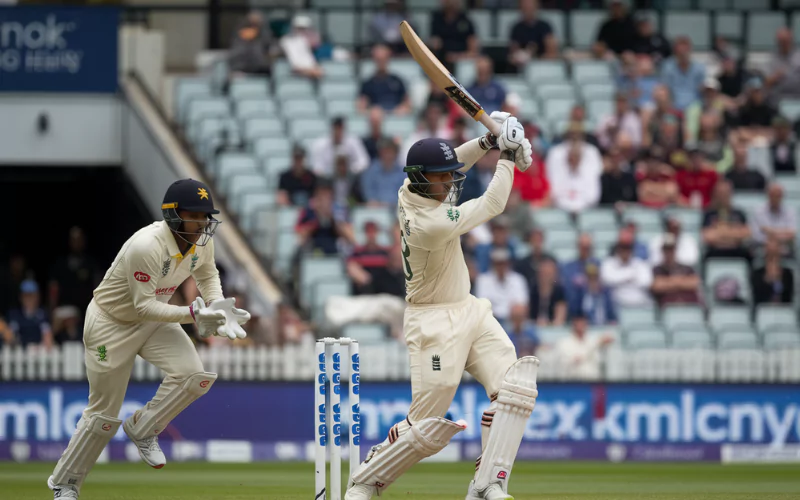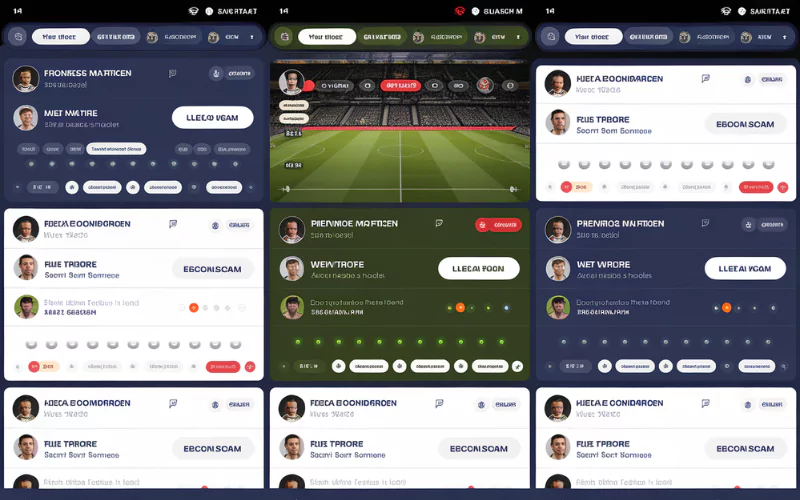Cricket has long been celebrated as one of the most captivating sports in the world. A cricket match is more than just a game; it is a blend of strategy, skill, endurance, and passion. From traditional five-day Test matches to fast-paced T20 showdowns, cricket continues to grow in popularity, uniting fans across continents. In this guide, we provide a comprehensive look at every aspect of a cricket match, from its rich history to its present-day dynamics.
History and Evolution of Cricket Matches
The origins of cricket can be traced back to 16th-century England, where it was first played as a simple rural pastime. Over time, it evolved into a structured sport with governing bodies, defined rules, and international appeal. The first recognized cricket match dates back to the 17th century, and by the 19th century, it had spread to colonies of the British Empire, giving rise to rivalries that still dominate the sport today.
The evolution of cricket saw the introduction of Test matches in 1877, One Day Internationals (ODIs) in 1971, and Twenty20 cricket in 2003. Each format brought new dimensions, catering to different audiences while keeping the essence of the sport intact.
Formats of a Cricket Match
A cricket match can be played in multiple formats, each with unique rules and appeal:

1. Test Matches
- Played over five days with each team batting twice.
- Regarded as the pinnacle of cricket, testing players’ skills, patience, and endurance.
- Traditional rivalries such as The Ashes (England vs Australia) remain iconic.
2. One Day Internationals (ODIs)
- Each team faces 50 overs.
- Matches last around 7–8 hours, making them more spectator-friendly than Tests.
- The Cricket World Cup is the ultimate stage for ODIs.
3. Twenty20 (T20) Matches
- Each side plays 20 overs, usually completed within 3 hours.
- Known for explosive batting, big hitting, and fast-paced drama.
- The ICC T20 World Cup and Indian Premier League (IPL) are major highlights.
Basic Rules of a Cricket Match
Understanding the rules is crucial for appreciating the beauty of a cricket match:
- Teams: Two teams of 11 players each.
- Innings: One team bats while the other bowls and fields.
- Overs: An over consists of six legal deliveries bowled by one bowler.
- Runs: Scored by batsmen through running between the wickets or hitting boundaries (4 runs for a ball crossing the boundary and 6 runs if hit over it).
- Wickets: Ten dismissals end a batting team’s innings.
- Result: The team with the most runs at the end of the match wins.
Key Roles in a Cricket Match
Batsmen
The batsmen’s goal is to score runs while protecting their wickets. Styles vary between defensive players who build innings steadily and power hitters who attack aggressively.
Bowlers
Bowlers aim to take wickets and restrict runs. Fast bowlers rely on speed and bounce, while spinners use guile, turn, and flight.
Fielders
A strong fielding unit can change the outcome of a match. Their roles range from stopping boundaries to taking spectacular catches.
Wicketkeeper
Often described as the team’s backbone, the wicketkeeper must be quick, alert, and technically sharp.
Strategies and Tactics in a Cricket Match
Every cricket match is a battle of tactics:
- Batting Order Adjustments: Teams often shuffle their batting line-up depending on match conditions.
- Bowling Rotations: Captains rotate bowlers strategically to exploit weaknesses.
- Field Placements: Customizing fielders’ positions can either choke runs or set traps for batsmen.
- Powerplays: Especially in limited-overs matches, the first overs restrict fielders outside the circle, influencing batting strategies.
Memorable Cricket Matches in History
Some matches stand out as milestones in cricket history:
- 1983 Cricket World Cup Final – India defeated West Indies, changing the landscape of cricket forever.
- 2005 Ashes Series – Widely regarded as the greatest Test series ever.
- 2019 World Cup Final – England triumphed over New Zealand in a super over, one of the most thrilling finishes in cricket history.
Cricket Match Venues and Atmosphere
A cricket match is incomplete without the crowd and atmosphere. Legendary stadiums like Lord’s in London, Melbourne Cricket Ground (MCG) in Australia, and Eden Gardens in Kolkata are known for their electrifying energy. Fans add passion, chants, and traditions, making cricket a cultural festival as much as a sport.
The Rise of T20 Leagues
T20 leagues have redefined the structure of cricket worldwide. The Indian Premier League (IPL), Big Bash League (BBL), and Caribbean Premier League (CPL) have turned cricket into a global entertainment industry. These leagues attract the best international players, create local heroes, and generate unmatched fan engagement.
Impact of Technology on a Cricket Match
Modern technology has revolutionized the game:
- Decision Review System (DRS): Helps teams challenge umpiring decisions using ball-tracking and ultra-edge.
- Hawk-Eye and Snickometer: Enhance accuracy in decision-making.
- Analytics: Data-driven strategies are now crucial in team planning.
- Broadcast Enhancements: High-definition cameras, drone views, and real-time statistics enrich the viewer experience.
Why Cricket Matches Remain Timeless
The allure of a cricket match lies in its unpredictability. From dramatic collapses to last-ball thrillers, cricket embodies the essence of competition. It brings nations together, fosters intense rivalries, and creates lifelong memories.
Conclusion
A cricket match is far more than a sporting contest. It is a test of mental strength, strategy, and resilience. Whether it’s the endurance of a five-day Test, the balance of an ODI, or the fireworks of a T20, cricket continues to evolve while retaining its core traditions. As the sports betting expands across new territories, one thing remains certain: the magic of a cricket match will always captivate fans worldwide.







